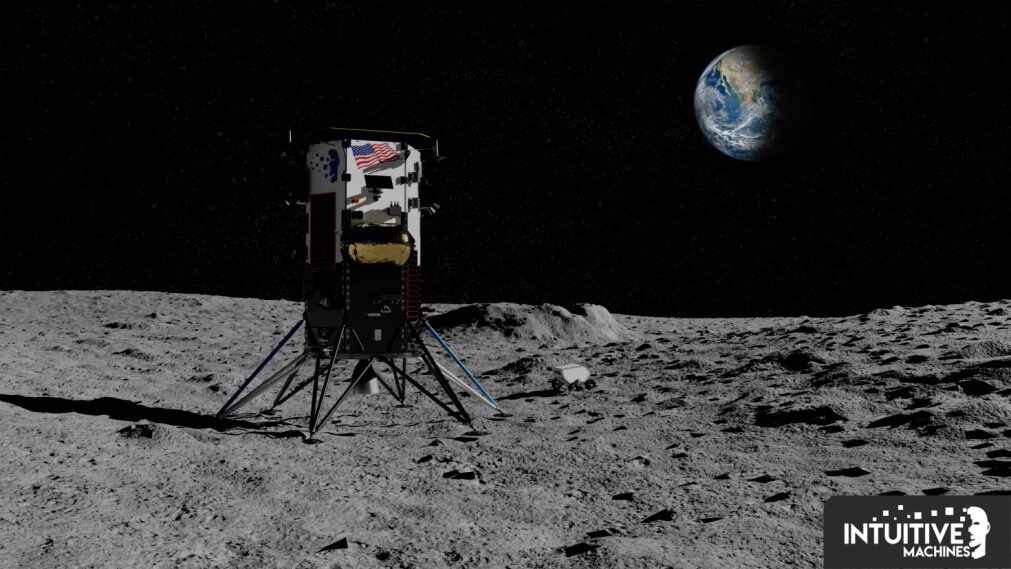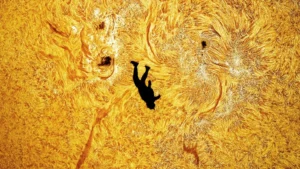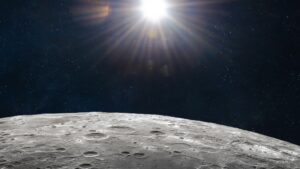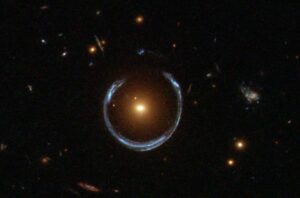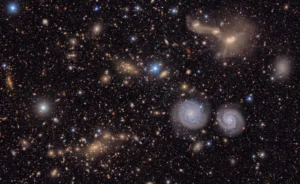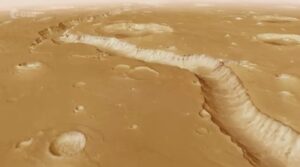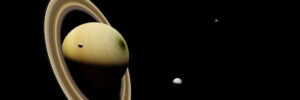Intuitive Machines, which became the first private company to land on the moon in February of 2024, is planning its second landing. This time, they will bring something new: a 4G LTE wireless network.
Working with Nokia, with funding from NASA, the mission will feature a “network in a box” attached to the side of Athena, the mission lander. Athena will land in the south polar region of the moon, near the Shackleton Crater. Then, it will deploy several rover vehicles to explore the surface and take samples. The rovers will connect to Athena’s wifi and relay data back in real time.
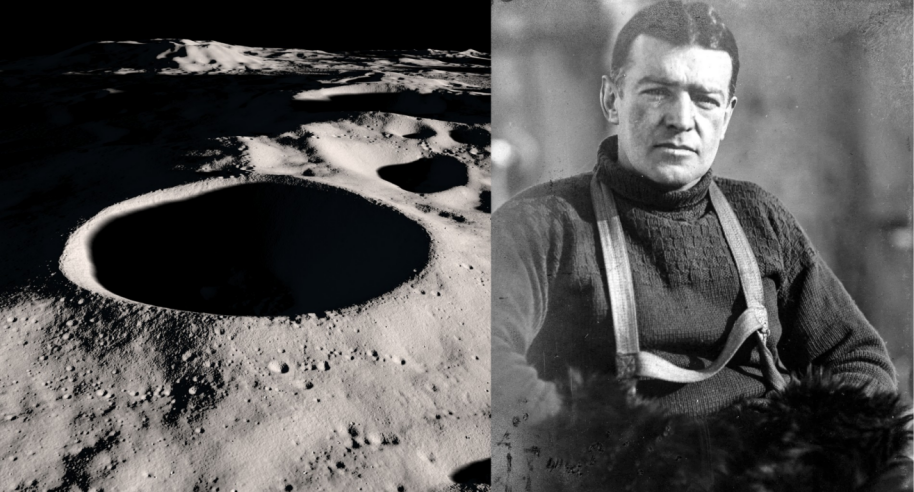
Left, the Shackleton Crater. Right, some guy who doesn’t even know what wifi is. Photos: NASA/Scott Polar Research Institute
Connectivity issues
I can’t get reliable internet in my flat in Dublin. How much more difficult will it be to set those systems up on the moon?
Temperature extremes on either end can damage equipment and degrade performance. The lunar surface can be as hot as 121˚C in daylight and plummets to -246˚C inside the Shackleton Crater. Even for the polar explorer after whom the crater is named, that is excessively cold. The lunar soil is also rough, with small jagged pieces which can scratch and damage materials.
The challenges of the lunar surface are only relevant if the equipment can even make it to the Moon. Athena faces a 385,000km journey, and the jostling and extreme forces involved in launching, flying, and landing will put the toughest materials to the test.
The upside is that the advancements made for Moon wifi might in turn improve our Earth wifi, possibly allowing me to stream video at a higher resolution than 144p.
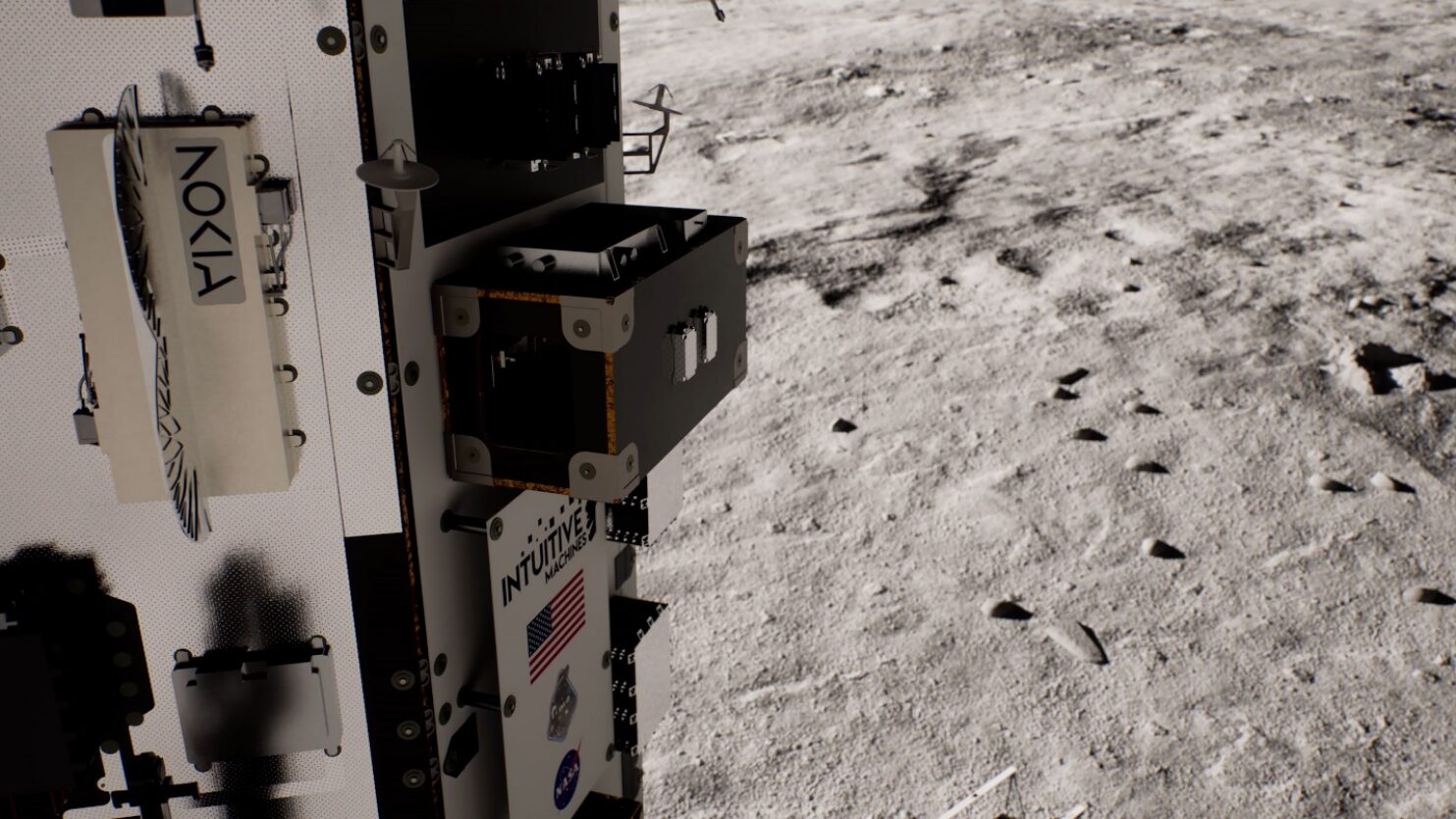
This render, created by Nokia, shows what the lander and LSCS will look like if they don’t explode. Photo: Nokia
The LSCS
The box Athena will carry is Nokia’s Lunar Surface Communication System (LSCS). Nokia designed the technology specifically for space travel and for Athena. Fourteen separate thermally isolated mounting points should protect the delicate machine from the extreme temperatures of space and keep it snugly attached.
The rovers that will connect to the LSCS wifi are called Mobile Autonomous Prospecting Platform (MAPP). Another one is called Grace — that team had more fun with it, I guess. MAPP will travel the south polar regions, mapping and collecting images and environmental data.
Meanwhile the mission will use Grace (also known as Intuitive Machine’s Micro-Nova Hopper) along with the LSCS to test new sensory systems while exploring the permanently dark, cold craters.
The company aims to launch the Athena lander from NASA’s Kennedy Space Center at the end of February. It will land in the same neighborhood targeted by NASA’s upcoming manned Artemis mission. No word yet on whether the Artemis astronauts will be given the wifi password when they get up there.
